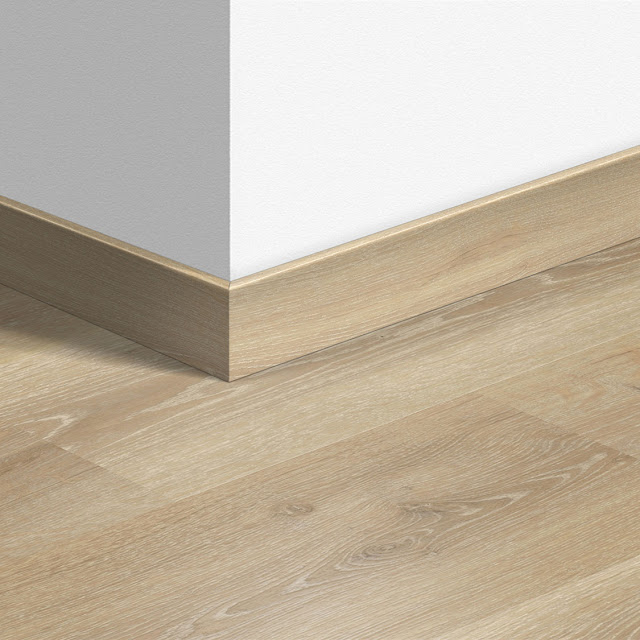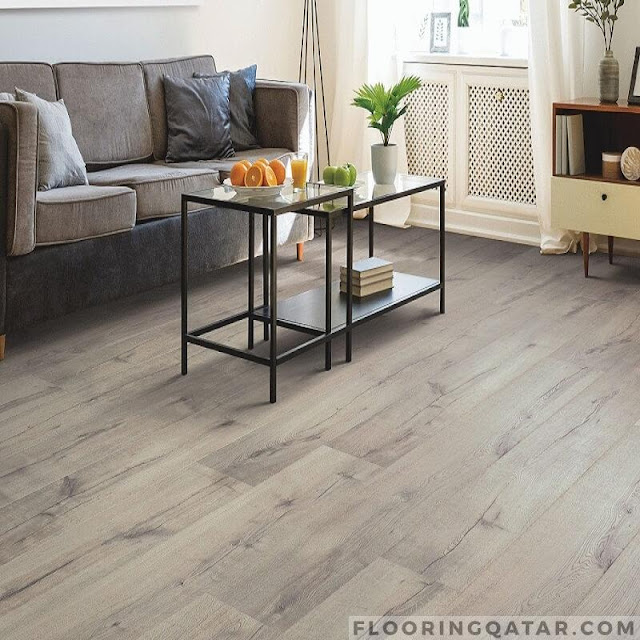When choosing wooden floor skirting, there are several factors to consider.
Floor skirting, also known as baseboards or base molding, refers to the trim that's installed at the bottom of a wall to cover the gap between the floor and the wall. It's a crucial part of interior design, as it not only helps to protect the wall from scuffs and scratches but also enhances the overall aesthetic of the room.
Wooden Floor skirting is typically made of wood, MDF (medium-density fiberboard), or PVC (polyvinyl chloride). Wood skirting is the most traditional option and is often used in older homes. It's available in a variety of finishes, such as painted or stained and can be carved or molded to add detail to the room. MDF skirting is a more affordable option and is often used in modern homes. It's a versatile material that can be painted, stained, or finished to match the rest of the room. PVC skirting is the most affordable option and is often used in areas that are prone to moisture, such as bathrooms and kitchens.
When choosing wooden floor skirting, there are several factors to consider. One of the most important is the height of the skirting. Floor skirting typically ranges from 4 to 6 inches in height, but the height of the skirting can vary depending on the style and design of the room. If the room has high ceilings, it's best to choose to skirt that's taller to help balance the proportions of the room.
Another factor to consider is the style of the skirting. There are many different styles of skirting available, including traditional, contemporary, and decorative. The style of skirting you choose will depend on the overall design of the room and your personal taste.
The material of the skirting is also an important consideration. As mentioned earlier, wood, MDF, and PVC are the most common materials used for floor skirting. Consider the durability of the material and the cost, as well as how it will complement the rest of the room.
The color of the skirting is also an important factor. If the room is painted, the skirting should match the color of the walls. If the room has wooden floors, the skirting should match the color of the flooring. If you're looking to add a pop of color to the room, consider choosing to skirt that's a different color than the walls and flooring.
Installation is another important consideration. Floor skirting can be installed by a professional or DIY enthusiast, but it's important to make sure that the skirting is installed correctly to ensure that its level and secure. Incorrectly installed skirting can cause damage to the walls and flooring and can be difficult to repair.
In conclusion, wooden floor skirting is an essential part of interior design that not only protects the walls from scuffs and scratches but also enhances the overall aesthetic of the room. When choosing floor skirting, consider the height, style, material, color, and installation to find the best option for your needs.



Comments
Post a Comment